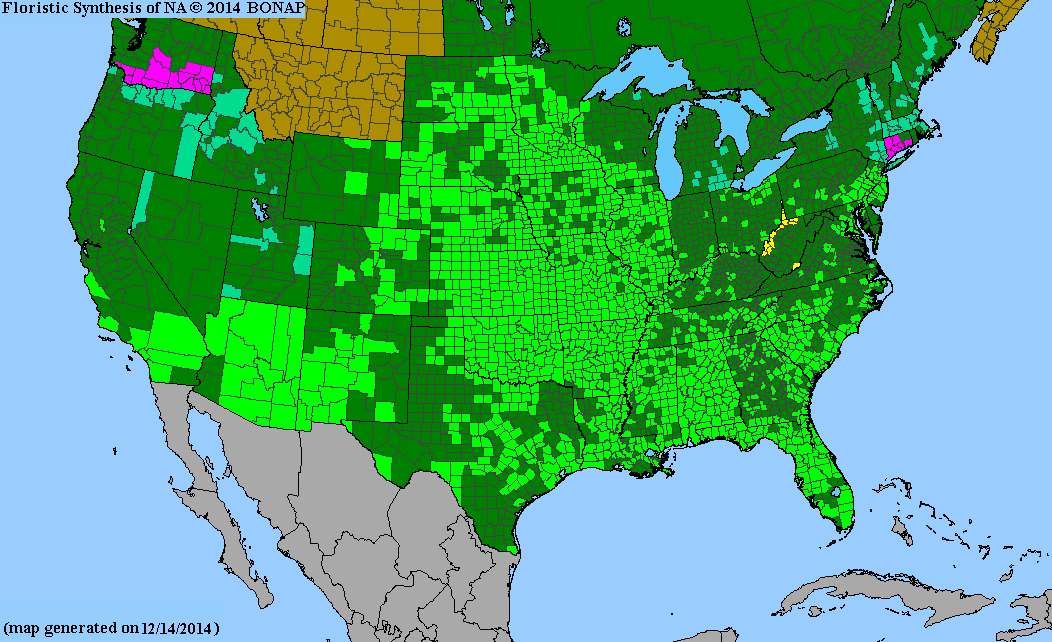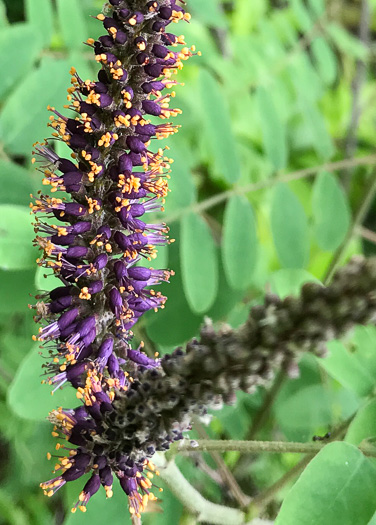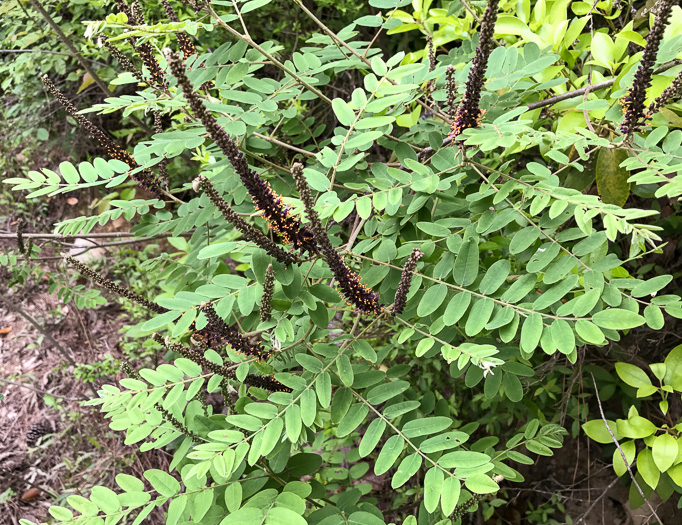Fabaceae
false indigo
Amorpha fruticosa
Synonyms
Amorpha fruticosa var. typica
Other Common Names
indigo bush, tall indigo bush
Plant Type
Shrub (less than 10 ft)
Life Cycle
Perennial
Typical Size
6-12 ft. tall
6-15 ft. wide
Tolerant of
Deer, Occasional Flooding
Propagation
By seed, By cutting
Plant Propagation Notes
Seed should be scarified or nick the seed coat and then soak in hot water.
Plant Planting Notes
Provide up to 12 ft spacing.
Plants/Diseases
Mildly susceptible to leaf spot, powdery mildew, rust, and twig canker.
Wildlife Benefits
Nectar/pollen source for pollinating insects, Host plant for butterfly larvae, Nectar source for hummingbirds
Leaves
Fragrant, velvety compound leaves with an alternate arrangement.
Flowers
Fragrant, tubular purple inflorescence.
Fruit
Showy copper brown in the fall.
Toxicity
No known toxicity.

USDA Hardiness Zones
4, 5, 6, 7, 8, 9
Light Exposure
Full Sun, Part Sun/Shade
Soil Moisture
Moist
Soil Drainage
Well-drained, Poorly Drained
Soil pH
Acidic (less than 6.0), Neutral (6.0-8.0)
Native in South Carolina?
Yes
Plant Native Habitat
Mesic to wet habitats along river banks or in forests and woodlands.
Global Conservation Status (NatureServe)
Secure (G5)
Federal Conservation Status (USFWS)
Not Listed
Distribution Notes
Common in the South Carolina coastal plain, sandhills, and piedmont. Rare in the mountains.


